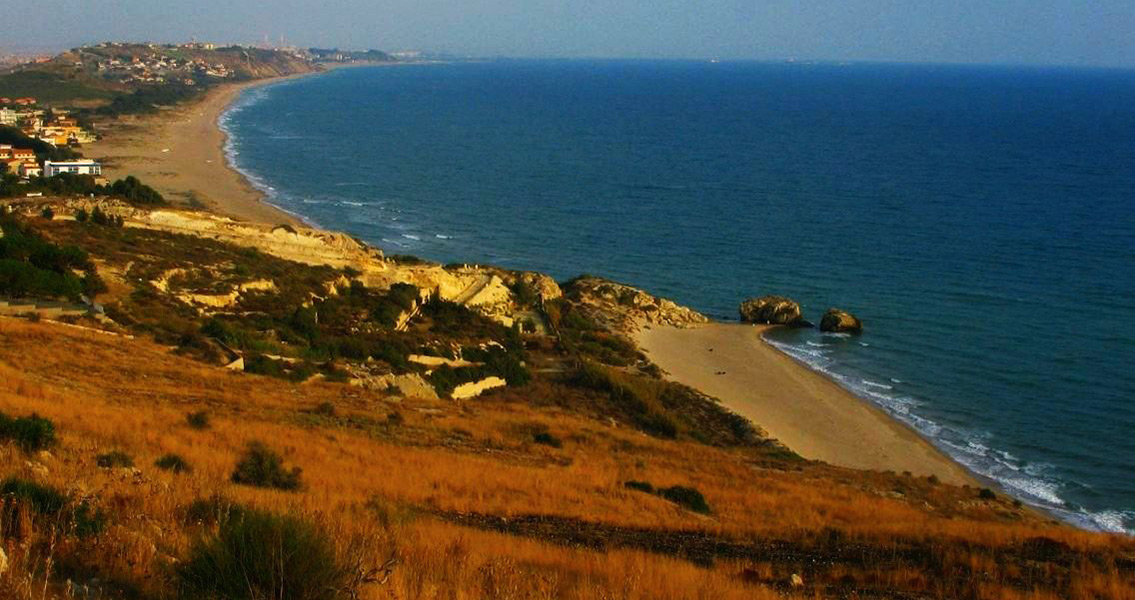<![CDATA[More ingots of the ancient metal orichalcum have been recovered by underwater archaeologists investigating a shipwreck off the coast of Sicily in southern Italy. Orichalcum is the legendary “Atlantis Alloy“ which was supposedly mined on the fabled island of Atlantis. The ship, which sank 2,600 years ago, was traveling from either Asia Minor or Greece to Gela, which was a wealthy city boasting an abundance of artisans who specialized in producing prized artifacts. The Orichalcum ingots were destined for those workshops, where they would have been fashioned into decorations and adornments. The wreck was found approximately 1000 feet from the city of Gela's coast in around 10 feet of water. The 47 recently discovered orichalcum ingots are in addition to an earlier cache of 39 that were recovered from the same shipwreck in 2015. Also found with the ingot were two Corinthian helmets and a jar. "The ship dates to the end of the sixth century BCE," archeologist Sebastiano Tusa says in an article published in Seeker. “It was likely caught in a sudden storm and sunk just when it was about to enter the port.” Long considered a mystery, orichalcum has, until now, never been found in any significant quantity, and its origin and composition have been widely debated. In Greek mythology, it was invented by the Phoenician founder Cadmus, who was also the first king of Thebes. Although orichalcum is mentioned in a number of ancient texts that go back to Hesiod, a Greek poet believed to have been active between 750 BCE and 650 BCE, it was the Greek philosopher Plato, from the fourth century BCE, who made it a legend. Plato’s Critias dialogue tells the story of the island kingdom of Atlantis and its failed effort to conquer Athens. In the dialogue, Critias, an Athenian figure, claims orichalcum was mined in Atlantis and used to cover the interior walls, floors and columns of Poseidon’s temple. Critias describes the metal as shiny and more precious than any other metal except gold. According to the story, the metal was so revered that inside the temple was an orichalcum pillar that had been inscribed with Poseidon’s laws. Plato wrote, “The outermost wall was coated with brass, the second with tin, and the third, which was the wall of the citadel, flashed with the red light of orichalcum.” Today, most scholars agree that while orichalcum is rare, it’s much less precious than described in Plato’s writing. It’s actually a brass-like alloy, produced in antiquity through a cementation process using zinc ore, copper metal and charcoal. X-ray fluorescence analysis indicates the recovered ingots are indeed an alloy produced using between 75 and 80 percent copper, and 15 and 20 percent zinc, along with small percentages of iron, nickel, and lead. The archeological work to fully excavate the sunken ship and retrieve its cargo is ongoing. ]]>
More Orichalcum Ingots Discovered on Shipwreck Near Sicily
